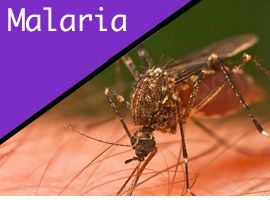Sea urchins are what you would call a passive, non-aggressive animal. In other words, it’s up to you to make the mistake. And the mistake is a costly one.
These little devils advertise their ability to wreak havoc with countless black spines that jet out of their round shaped body. Step on an urchin, and varying amounts of these spines will break off into your skin. Microscopic spines, called pedicellaria, will provide you with another layer of irritation. Sound like fun yet?
There are no quick fixes or treatments with a sea urchin attack, but there are a few things you can do to get yourself on the road to recovery.
Treating a sting from a sea urchin
Depending on the extent of the injury, some of these steps may be more relevant than others.
- Soak the site of the wound – there is considerable anecdotal evidence that soaking the wound in vinegar will help dissolve the spines and neutralize their stinging properties. This tale of Vinegar use describes just that. Feel free to try the vinegar method, but most medical professionals and dive experts advise soaking the wound in hot water (as hot as you can handle) for up to 90 minutes. This helps to dissolve the spines. It will also make the pain more manageable. We suggest using hot water mixed with vinegar – best of both worlds!
- Take out the large, visible spines – this part you can do with a pair of tweezers. After the long soak, use the tweezers to grab any spines that are partially protruding from your skin. While the spines do have hooks going in the opposite direction (to remain firmly in your skin), the spines should be partially broken down and easier to pull out following the soak.
- Use shaving cream and a razor to remove the pedicellaria – these spines are smaller and harder to see. They don’t penetrate the skin as deeply as the larger spines. They can be removed by shaving the affected area with a razor and shaving cream.
- Wash the area with soap and water – thoroughly clean the area following treatment. Use warm soap and water. You don’t need to close the wound afterwards with any bandages.
The above steps will help you treat a relatively straight forward sea urchin sting. Some cases are more severe, however.
If you have any sort of allergic reaction to a sea urchin sting, seek medical attention immediately. For example, if you have difficulty breathing or if you experience vomiting or nausea, get yourself to a clinic.
Furthermore, you will need to go to a clinic if any of the large spines are embedded in your skin beyond the reach of tweezers. In certain cases, surgery may be needed. Do not try to remove deeply embedded spines on your own. It will end poorly for everyone.
Finally, if you are able to successfully remove the spines on your own, closely monitor the site of the wound to make sure an infection does not develop. You will want to keep an eye out for any redness and/or swelling. If you experience any of these symptoms, once again, get yourself to a medical facility as soon as possible. Otherwise, rest up, take ibuprofen or acetaminophen to help manage the pain, and stay out of the ocean for a bit!
If you have any experience with sea urchin stings, feel free to share any advice you may have in the comments below.












{ 1 comment… add one }